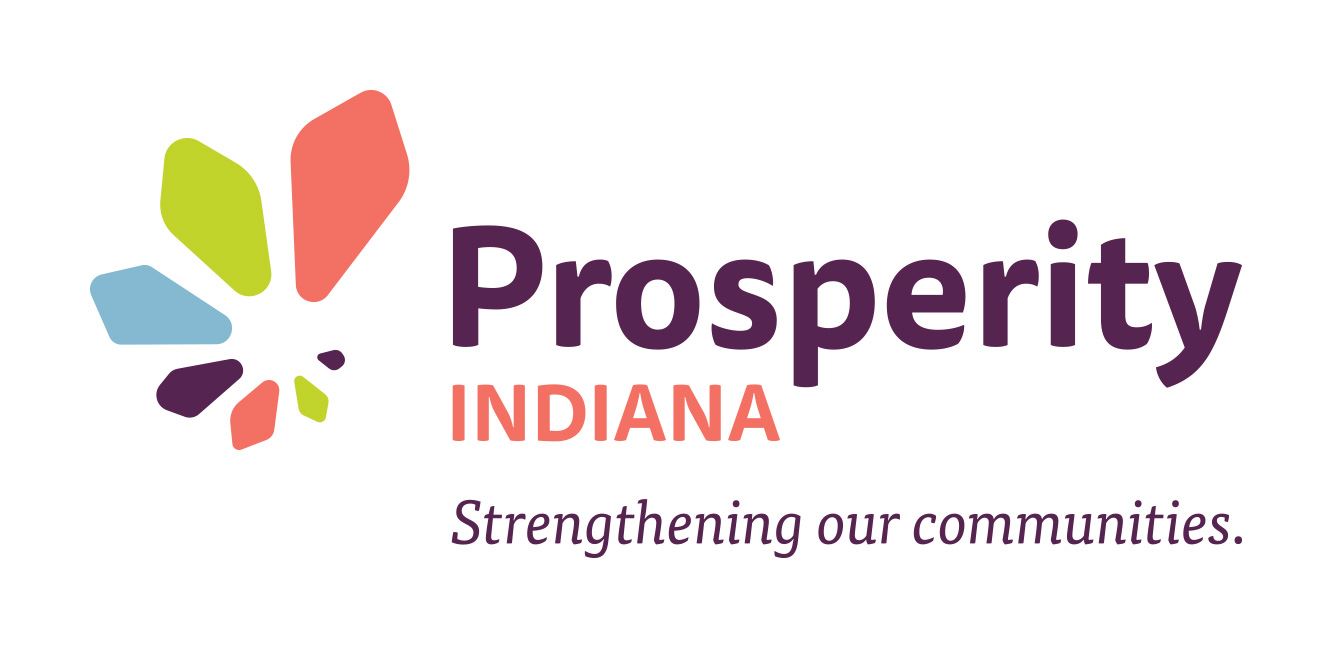A guest blog from Martha Henn, Community Health Network Foundation, Grant and Proposal Writer
My work in financial empowerment began in a research coordination position I held in a university-affiliated research center. Through the promotion of externally-funded research and graduate student learning, research centers and institutes enhance opportunities to create synergies among faculty and students to pursue a wide range of scholarship. They are critical to the process of innovation, collaboration, and discovery in a research university, but for me, they altered the path of my life to move me away from a strictly academic career path out into the community. Our research center focused on the financial services sector – banking, insurance and securities – but we also had a thread of research based around what was originally called “financial literacy.” Through that academic, research-based focus on shifting personal money power and independence to individuals, I became more and more intrigued by the problem of poverty. British academics Richard Wilkinson and Kate Pickett published a book in 2009, entitled The Spirit Level: Why More Equal Societies Almost Always Do Better. Their argument is the essence of the idea that captured me: that “almost every social problem common in developed societies - reduced life expectancy, child mortality, drugs, crime, homicide rates, mental illness and obesity - has a single root cause: inequality.”
While societal responses to the problems of poverty and income inequality are often treated as silo issues, be it access to or improvement of health care, transportation, safe housing, child care, quality education, food security, public safety, Pickett and Wilkinson argue compellingly that they stem from the opportunity gap between rich and poor. The more unequal a society, they argue, the more intractable the problems of social cohesion can be. I was and am convinced, and I decided I was called to do something about it.
Which is how I ended up moving out from the sphere of research into the world. I work in community development now, which the United Nations describes globally as “a process where community members come together to take collective action and generate solutions to common problems. “The emphasis on collection action in community development is largely about relationship building and bringing engaged residents into civic, social, and economic relationship with their governments, human service providers, corporations, and so on.
Does this model sound familiar? If you read about the mission and purpose of the Indiana A&O Network, we see that it was formed around this same ideal: programs, policies and people coming together – collaborating – to address asset poverty, toward the improvement of economic security for Hoosiers. Community development work is anti-poverty work, and the Indiana A&O Network is a crucial resource for bringing asset empowerment into the lives of people.

